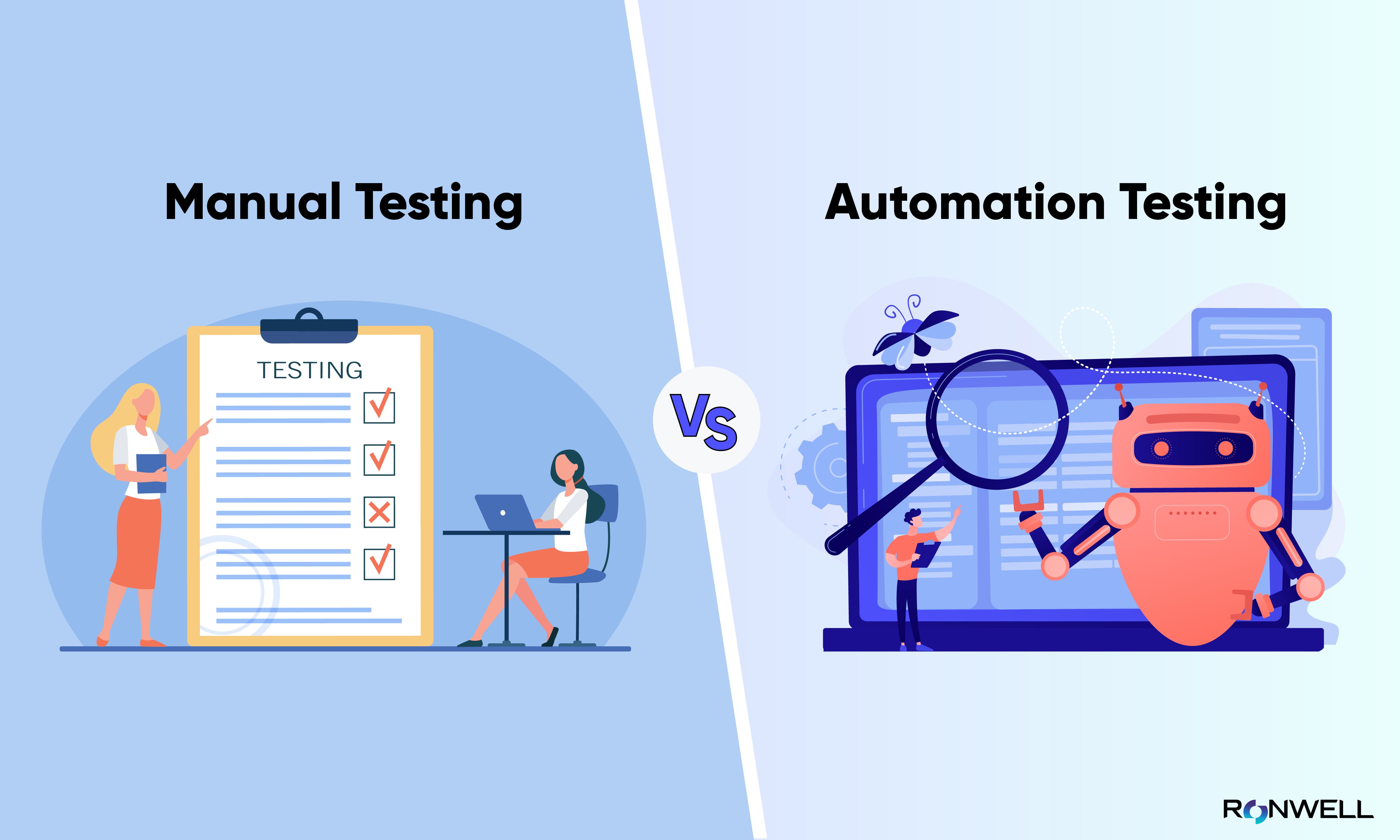Ensuring Success in Automation Testing: Trick Metrics, Challenges, and Solutions Every QA Team Ought To Know
In the world of software program quality guarantee, the landscape of automation testing is ever-evolving, demanding a precise method to make certain smooth procedures. The journey to grasping automation testing is led with nuances that need a keen eye for tracking, analysis, and constant improvement. As the sector drives forward, the mission for ideal efficiency in automation screening stays a consistent quest, prompting QA teams to equip themselves with the knowledge and strategies vital for accomplishment.
Relevance of Key Metrics
Comprehending the value of essential metrics is essential for examining the efficiency and efficiency of automation testing procedures. Trick metrics function as quantifiable steps that give important understandings into numerous facets of the screening procedure, such as test insurance coverage, test implementation time, flaw thickness, and test situation performance. By evaluating these metrics, QA groups can determine bottlenecks, ineffectiveness, and areas for enhancement within their automation screening structure.
One vital element of essential metrics is their capacity to track progression and keep an eye on the general health of the testing procedure (automation testing). They allow stakeholders to make informed decisions based upon data-driven insights, which can bring about more efficient testing methods and much better resource appropriation. Additionally, key metrics can help teams established realistic goals, determine the success of automation initiatives, and show the ROI of automation screening efforts

Common Challenges Dealt With
Challenges typically experienced in automation testing processes can substantially influence the overall efficiency and effectiveness of QA groups. One of the significant difficulties is the choice of the best test cases for automation. Not all test instances appropriate for automation, and selecting the wrong ones can bring about wasted time and sources. Furthermore, preserving examination scripts can be an overwhelming job, especially as the application undergoes constant modifications. Test manuscript maintenance requires continual updates and modifications to guarantee they show the current capability properly. An additional usual obstacle is the first investment needed for establishing up automation structures and tools. This can be a barrier for some companies, particularly smaller ones with restricted budgets. In addition, automation testing may not cover all elements of screening, such as usability and user experience testing, which still require hand-operated intervention. Overcoming these obstacles needs proper planning, calculated test instance option, robust maintenance processes, ample sources, and a clear understanding of the limitations of automation testing.
Effective Solutions for Difficulties
To resolve the challenges encountered in automation screening, implementing reliable services is vital for enhancing the performance and productivity of QA groups. One key service is to buy durable training programs for QA groups to guarantee they have the needed skills to effectively use automation devices. Training can link knowledge spaces, improve understanding of automation frameworks, and boost scripting abilities, eventually resulting in more efficient test creation and execution.
An additional important remedy is to develop clear interaction channels within the QA team and with various other stakeholders, such as designers and project managers. Efficient communication assists in lining up expectations, sharing progress updates, and without delay dealing with issues or obstructions that might arise throughout the automation testing process.

Surveillance and Evaluation Techniques
Implementing reliable surveillance and evaluation strategies is critical for guaranteeing the success and performance of automation testing procedures. Additionally, assessing test results and metrics offers valuable understandings right into the quality of the software being evaluated and the efficiency of the screening strategy.
One trick strategy in tracking and evaluation is using dashboards that consolidate appropriate metrics and KPIs in a visually available layout. These control panels use a thorough review of examination execution condition, examination protection, flaw patterns, and various other important info. On a regular basis examining and assessing these control panels can help QA groups make educated choices, prioritize jobs, and enhance screening initiatives.
In addition, applying automated alerts and notifications based on predefined thresholds can boost aggressive monitoring and prompt intervention. By establishing up notifies for performance deviations or examination failures, teams can address issues without Find Out More delay and prevent them from intensifying. On the whole, surveillance and evaluation methods play a crucial role in ensuring the performance and success of automation testing efforts.
Constant Renovation Techniques
Enhancing the efficiency of automation screening processes necessitates the consistent improvement of approaches and approaches. Constant renovation methods are critical for QA teams to adapt to progressing modern technologies and provide top quality software. One essential technique to enhancing automation screening procedures is to perform his comment is here normal testimonials and retrospectives. By assessing previous screening cycles, groups can identify bottlenecks, ineffectiveness, and locations for enhancement. Implementing feedback loopholes and incorporating lessons learned right into future screening structures can produce significant improvements over time.

Conclusion
To conclude, it is crucial for QA teams to understand the key metrics, difficulties, and services in automation screening to ensure success. By very carefully keeping an eye on and assessing information, implementing effective services to common obstacles, and continuously boosting strategies, QA groups can enhance their screening procedures and deliver high-quality software. Following these techniques will inevitably cause much more efficient and reliable automation screening practices.
By assessing these metrics, QA teams can determine check that bottlenecks, inadequacies, and areas for renovation within their automation testing framework.
In addition, crucial metrics can aid groups established reasonable objectives, determine the success of automation efforts, and demonstrate the ROI of automation testing initiatives.
Difficulties generally run into in automation screening processes can dramatically impact the general performance and effectiveness of QA teams. Automation screening might not cover all aspects of screening, such as usability and individual experience screening, which still call for hand-operated intervention.In conclusion, it is essential for QA teams to comprehend the essential metrics, challenges, and services in automation testing to guarantee success.